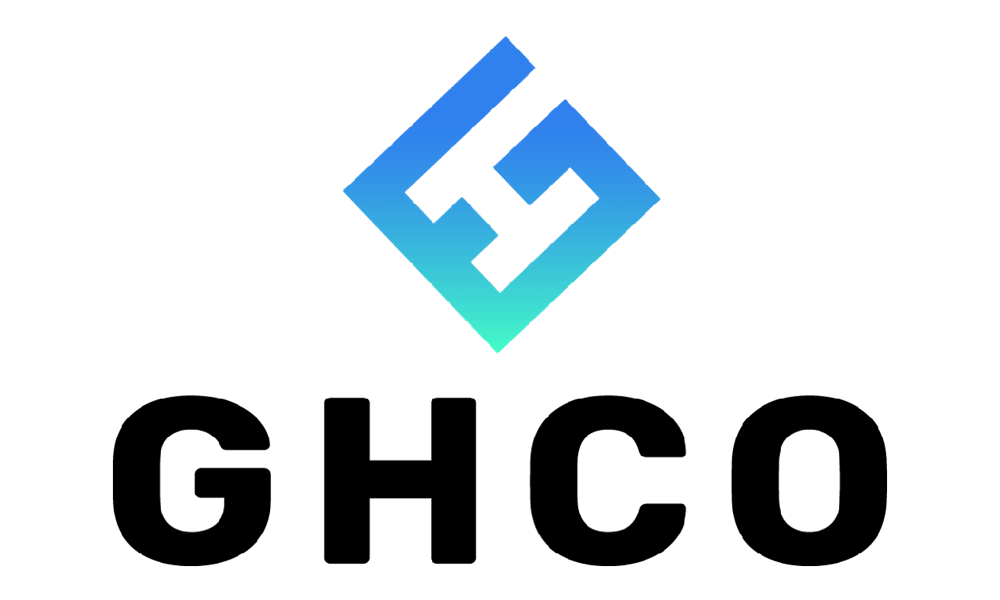Building reliable plumbing in a new industry is no mean feat. The challenge becomes even greater if liquidity providers enter and exit the market and issuers are forced to build their own infrastructure, all while investors pour billions of dollars into crypto exchange-traded products (ETPs).
The difficulties of maintaining reliable liquidity plumbing were laid bare during the FTX crisis at the end of 2022, when new counterparty risks emerged, costs spiked and sourcing underlying assets became harder.
In the days that followed the exchange’s collapse, bid-ask spreads on bitcoin ETPs widened to more than 1% as the cost of borrowing coins doubled, with market makers needing to maintain liquidity for ETPs while none existed for their underlying.
The crash also created lasting structural headaches for liquidity providers, which had to reduce counterparty risk and in turn, had fewer pools to source liquidity.
Conversely, new risks emerged as uncollateralised loans became impossible to do, meaning providers now face the risk of losing their collateral if their counterparty goes bust.
Operational challenges such as these mean that despite the premium opportunities available in crypto – and the asset class’s return to prevalence in the past year – several key infrastructure players are backing out of the space.
Market makers, for instance, play a key role in crypto ETP admissions across different European markets – especially as the cost of hedging crypto baskets can be priced higher than conventional assets – however, many now have a reduced presence.
“We do not have enough crypto market makers in Europe – there are a handful of players and almost total dominance by one player on-screen and one OTC player,” Laurent Kssis, crypto specialist at CEC Capital, said. “There is space for more trading players in this space.”
Indeed, Flow Traders now plays a prevalent role in on-screen market making within crypto ETPs, with others such as Bluefin Europe’s presence in doubt after the duo it hired to lead crypto ETP trading left the business.
Elsewhere, recently acquired GHCO is taking a pared-back approach to crypto, with its new owners Mirae being mindful of the Korean regulator’s stance on the asset class.
Roxane Sanguinetti, head of strategy at GHCO, said: “We are being more careful and certainly have more security in place,just because the Korean regulator is very much against crypto.
“There has certainly been more scrutiny but we are still working on all the contracts that we have at the moment. With new contracts coming in, it is maybe a different discussion and depends on the standard and size of the issuer.”
Reduced participation by contractual market makers such as GHCO is impactful, given they are paid by issuers and are obligated to be present on the order books, whereas others such as Jane Street can come in and outwith greater discretion.
“There are definitely a lot of players that have pulled back from the crypto order books,” Sanguinetti added. “It is kind of a mixture of the state of the market over the past year and the regulatory landscape that is a bit wearing.”
Despite concerns of narrowness in the market maker space servicing crypto, ETP providers targeting the asset have, until now, avoided a liquidity crunch and been able to get investors in and out of products cost and time-effectively.
Making primary markets attractive
Arguably the greater infrastructural challenge lies in primary markets, where risks, accounting considerations and optics keep traditional authorised participants (APs) –namely banks – from touching crypto.
Jim Goldie, head of capital markets EMEA at Invesco, said: “The main difference between crypto ETPs and other asset classes is that due to the current regulatory environment of digital assets, investment banks are not active in the underlying crypto markets like they are in equities, bonds and commodities.”
This lack of APs and associated ‘out-of-the-box’ infrastructure has pushed issuers to build their own systems, such as 21Shares’ Onyx, which handles AP portals and creation-redemption management among other functions.
“If we did not have Onyx, we would be less happy with the infrastructure that is publicly available,” 21Shares co-founder and CEO Ophelia Snyder said. “There is no really good AP portal for crypto ETFs, certainly not at the scale at which we operate.”
However, the arrival of the first physical bitcoin ETFs in the US has underlined the virtues of the cash creation-redemption model versus the in-kind model currently favoured in Europe, which could enable more APs to enter the space by taking orders and delivering cash without touching crypto.
Some ETP issuers active in Europe, such as 21Shares and VanEck, currently offer cash creations.
“The cash creation model makes it easier for certain institutions that do not currently have market access to underlying crypto markets and do not want to have to trade through another market maker and incur spread there,” Snyder said.
GHCO’s Sanguinetti said her team has pushed issuers to do cash creations, to offer greater flexibility in their creation processes and to involve banks “that might not be able to touch coins for many years to come”.
However, she warned cash creations can be a “logistical nightmare”. In the US, part of the process is managed by Coinbase, which is centralising transactions by acting as a middleman between APs and issuers, as the entity handling and executing the coins.
Without this dynamic in Europe, Aaron Renkers, head of investments at VanEck Europe, said cash creations would still attract other APs but warned there has not been much initial appetite.
“APs that are active can already do in-kind and it is way more efficient, lower-cost and less operational hassle,” he said.
Disagreeing, Bruno Sousa, head of US and Europe at Hashdex, which operates crypto ETPs both sides of the Atlantic, said offering both creation models is ideal.
“In the end, because we have more APs and some are coming in cash, that additional cost is not there because you are going to have a bigger range of options, which tends to favour the fund in the end,” he said.
ETF flows ahead of coin supply
A final and until now underappreciated dynamic for crypto ETPs is the balance of new coin supply versus demand from physical ETFs tracking them – an interplay which has only become relevant with US bitcoin ETF flows outpacing new supply.
"In two days in the US, we saw $1.2bn flowing into US bitcoin ETFs and the daily rewards, new bitcoin coming out, was a tiny fraction of that, so it is a very interesting time in terms of the supply and demand story,” Bradley Duke, chief strategy officer at ETC Group, said.
James Butterfill, head of research at CoinShares, noted scant liquidity is exacerbated by supply shortages, with a 28% decline in bitcoins on exchange, however, he said there is a “long way” to go before exchanges run out of crypto.
Overall, the liquidity game in crypto ETPs remains a moving feast. Billions of dollars may be rushing to enter products, but the underlying asset class remains dynamic and at times volatile – and the process of building infrastructure to wrap crypto is still uncertain.
This article first appeared in ETF Insider, ETF Stream's monthly ETF magazine for professional investors in Europe. To read the full edition, click here.










